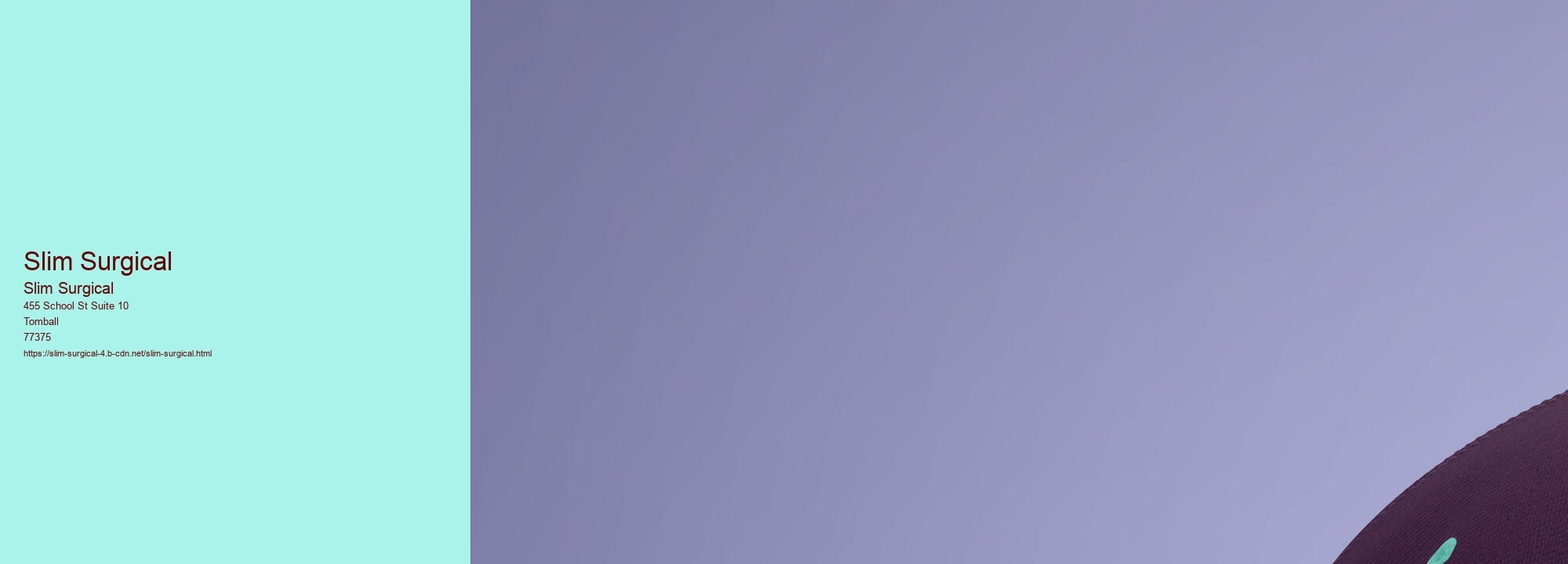Slim Surgical: The Convergence of Precision and Minimalism in Modern Medicine
In the ever-evolving landscape of medical science, the term 'Slim Surgical' heralds a new era in surgical procedures characterized by precision, minimalism, and a focus on less invasive techniques. This essay delves into the essence of Slim Surgical approaches, exploring their impact on patient care, the advancements in technology that have made them possible, and the future they are shaping for the world of medicine.
The concept of Slim Surgical is rooted in the principle that less can indeed be more. Traditional surgery, while often life-saving, carries inherent risks and complications due to the extensive incisions and manipulations required. Patients face lengthy recovery times, significant pain, and the possibility of infection or other postoperative issues. Slim Surgical techniques, however, aim to mitigate these risks by employing methods that reduce the physical trauma to the patient's body.
One of the pivotal elements of Slim Surgical practices is the use of minimally invasive procedures. These include techniques such as laparoscopy and endoscopy, where small incisions are made to insert slender instruments and cameras, allowing surgeons to see and operate within the body without the need for large, open surgeries. The reduced incision size not only decreases the risk of infection but also promotes faster healing, meaning patients can return to their daily lives more quickly and with less discomfort.
Technological innovation has been the driving force behind the Slim Surgical movement. Advanced imaging techniques, such as 3D mapping and real-time MRI, provide surgeons with unprecedented views of the surgical field, allowing for more accurate and targeted interventions. Robotic surgery systems have also played a crucial role, enabling surgeons to perform complex procedures with greater precision and control than ever before. These robotic assistants can translate a surgeon's hand movements into smaller, more precise actions, pushing the boundaries of what is surgically possible while minimizing human error.
The integration of artificial intelligence into surgical systems is yet another leap forward. AI algorithms can analyze vast amounts of medical data to assist in preoperative planning, ensuring that each surgical approach is tailored to the patient's unique anatomy and condition. Furthermore, AI can monitor patients during surgery, providing real-time feedback to the surgical team and even predicting potential complications before they arise.
Patient outcomes are at the heart of the Slim Surgical philosophy. By emphasizing precision and efficiency, these modern surgical approaches aim to reduce patient trauma and improve recovery times. This patient-centric approach also extends to the cosmetic results of surgery, as smaller incisions lead to less scarring, an aspect particularly important in fields like plastic and reconstructive surgery.
The future of Slim Surgical techniques is promising and full of potential. As we continue to refine these methods and develop new technologies, the goal is to make surgery safer, less invasive, and more effective. Research is ongoing in areas such as nanotechnology, where microscopic surgical tools could one day navigate the body to perform repairs at the cellular level, further reducing the need for traditional surgical interventions.
In conclusion, Slim Surgical represents a transformative shift in the way we approach surgical care. It is a testament to the ingenuity of medical professionals and their dedication to improving the lives of their patients. By continuing to embrace these minimally invasive, technology-driven techniques, we are not only enhancing the safety and efficacy of surgery but also redefining the limits of what modern medicine can achieve. As we look to the future, the principles of Slim Surgical will undoubtedly continue to shape the landscape of healthcare, offering hope and healing in ever more refined and sophisticated ways.
